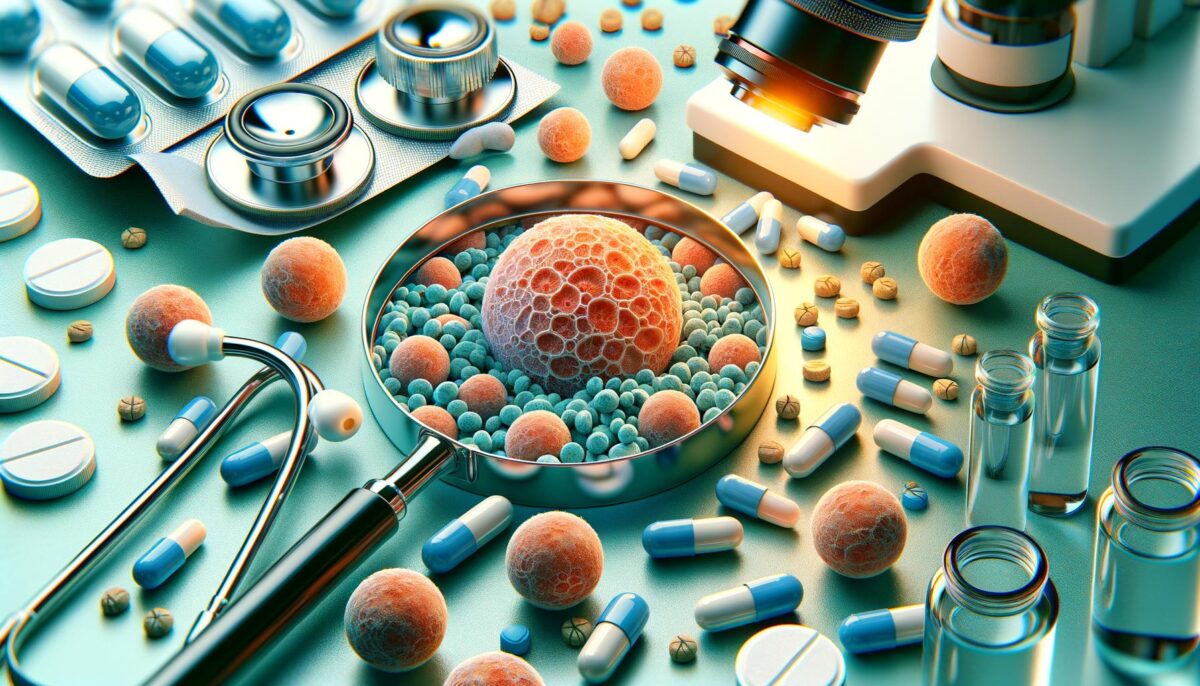Understanding Signs Of Prostate Cancer With Treatments
Prostate cancer is a condition that primarily affects men, particularly as they age. Recognizing the signs of prostate cancer early is crucial for effective treatment. Symptoms may include difficulty urinating, a decrease in urine flow, and even pain in the pelvic area. However, some individuals might not experience noticeable symptoms until the cancer has advanced. Regular screenings and check-ups can play a vital role in early detection, providing opportunities for timely intervention with a variety of treatment options.
Surgery as a Treatment Option
One of the most common treatment approaches for prostate cancer is surgery, specifically a procedure known as radical prostatectomy. This involves the removal of the prostate gland and some surrounding tissue. Surgery is particularly considered in cases where the cancer is localized.
- Minimally invasive techniques like laparoscopic surgery are often preferred due to their precision and shorter recovery time.
- Traditional open surgery is also an option, especially in complex cases where more extensive tissue removal is necessary.
These procedures aim to effectively remove cancer while preserving important functions such as urinary continence and sexual function. It’s crucial for patients to discuss potential outcomes and side effects with their healthcare provider thoroughly.
Radiation Therapy and Its Role
Radiation therapy is another highly regarded treatment option for prostate cancer. It uses high-energy beams to kill cancer cells, targeting either the prostate gland or nearby affected areas. There are two main approaches:
- External beam radiation therapy (EBRT), where radiation is directed at the prostate from outside the body.
- Brachytherapy, which involves placing radioactive seeds directly into the prostate tissue.
Both methods have proven effective, with the choice largely depending on the cancer’s stage, location, and patient health. Understanding potential side effects, such as fatigue and changes in urinary or bowel habits, is also important when considering this treatment.
Hormone Therapy for Prostate Cancer
Hormone therapy is used to block or lower the levels of male hormones, which can fuel the growth of prostate cancer cells. This treatment is often combined with other therapies, particularly when cancer has spread beyond the prostate.
- It can be administered through injections or oral medications that reduce testosterone levels.
- In more aggressive cases, surgical removal of the testicles, known as orchiectomy, might be considered.
While hormone therapy can effectively manage symptoms and slow cancer progression, it may also lead to side effects such as hot flashes, reduced libido, and bone thinning.
Emerging Treatments and Clinical Trials
Advancements in medical research continually introduce new methods for treating prostate cancer. Emerging treatments such as immunotherapy, which uses the body’s immune system to fight cancer, are becoming more prevalent. Additionally, ongoing clinical trials offer hope for alternative therapies that can provide exceptional quality results with fewer side effects. Patients are encouraged to discuss the possibility of participating in such trials with their healthcare providers to explore all available options. It’s an exciting time in prostate cancer treatment, as innovation and research are driving better outcomes.
Conclusion: Navigating Prostate Cancer Treatments
For patients and their families, understanding prostate cancer and the variety of available treatments is essential in making informed decisions. While the journey can be challenging, advances in treatment options provide a spectrum of choices tailored to the individual. It’s crucial to consult with medical professionals to find the most suitable plan. With early detection and appropriate treatment, many individuals lead full and healthy lives after a prostate cancer diagnosis.
